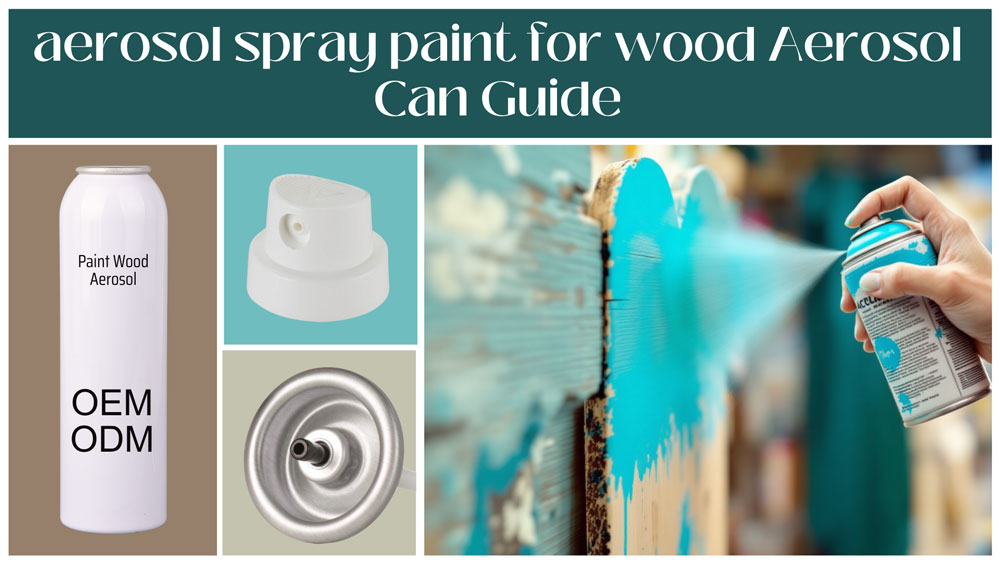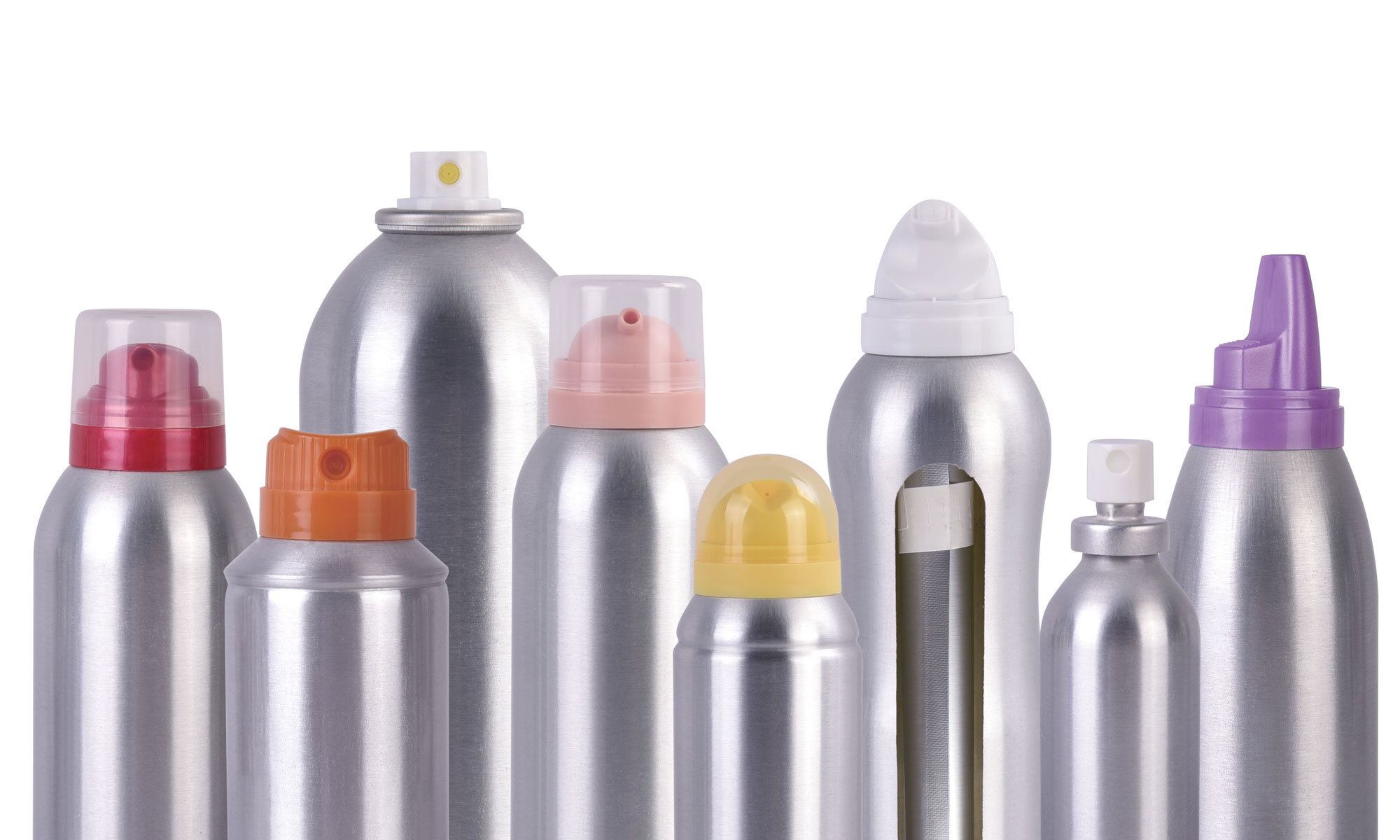Painting wood can feel like a daunting task, but aerosol spray paint makes it a breeze, offering a smooth, professional finish without the hassle of brushes or rollers. Whether you’re revamping old furniture, crafting a unique piece, or tackling an outdoor project, aerosol can products are your go-to for efficiency and quality. This guide dives deep into the world of aerosol spray paint for wood, covering everything from what it is to how it works, practical tips, and answers to common questions. With insights drawn from hands-on experience and reliable sources, this article will equip you with the know-how to achieve stunning results.

What Is Aerosol Spray Paint for Wood?
Aerosol spray paint for wood is a type of paint packaged in a pressurized aerosol can, designed to deliver a fine mist of paint for even application on wooden surfaces. Unlike traditional paint, which requires brushes or rollers, aerosol spray paint is dispensed through a nozzle, allowing for quick, uniform coverage. These products are formulated to adhere well to wood, whether it’s raw, treated, or previously painted, making them ideal for furniture, cabinetry, or decorative crafts.
The paint inside these cans typically includes a mix of pigments, binders, and solvents, tailored to provide durability and a polished look. You’ll find various finishes—glossy, matte, satin, or specialty options like chalk or textured effects—catering to different aesthetic needs. For wood, enamel-based or acrylic-based formulas are common, with enamel offering a tough, long-lasting finish and acrylic providing flexibility for artistic projects. According to industry insights, these paints are versatile, often doubling as solutions for metal or concrete, but their wood-specific formulations ensure optimal adhesion and coverage.
Why choose aerosol spray paint? It’s all about convenience and precision. The aerosol can design eliminates the need for mixing or cleanup of brushes, and the spray mechanism reaches tricky spots—like intricate carvings or tight corners—where traditional tools struggle. Plus, it dries fast, often within minutes, letting you wrap up projects in record time.
Principles: How Does Aerosol Spray Paint for Wood Work?
Understanding the mechanics behind aerosol spray paint for wood is key to using it effectively. At its core, an aerosol can is a self-contained system that uses pressure to propel paint through a nozzle in a fine mist. Inside the can, you’ve got paint (a mix of pigment, binder, and solvent) and a propellant, usually a compressed gas like propane or butane. When you press the nozzle, the propellant forces the paint out, breaking it into tiny droplets that settle evenly on the wood surface.
The science is pretty neat! The propellant creates a high-pressure environment, and when released, it atomizes the paint, ensuring a smooth application without brush marks. The binder in the paint helps it stick to the wood, while the solvent evaporates, leaving a solid, durable film. For wood, the paint’s formulation is tweaked to penetrate porous surfaces, ensuring strong adhesion and resistance to chipping or peeling.
The aerosol can’s valve system is critical—it controls the spray pattern and flow. High-quality valves allow for adjustable sprays, from wide mists for large surfaces to narrow streams for detailed work. This precision makes aerosol spray paint ideal for both broad coverage and intricate designs. However, temperature and humidity can affect performance; too cold, and the paint might not atomize properly; too humid, and drying could slow down. Aim for a sweet spot—50°F to 85°F with low humidity—for best results.
Choosing the Right Aerosol Spray Paint for Wood
Not all aerosol spray paints are created equal, and picking the right one for wood depends on your project’s needs. Here’s a breakdown of common types and their best uses:
- Enamel Spray Paints: Known for their hard, glossy finish, these are perfect for furniture or outdoor wood that needs durability.
- Acrylic Spray Paints: Quick-drying and flexible, great for artistic projects or surfaces that might expand or contract.
- Chalk Finish Spray Paints: Deliver a matte, vintage look, ideal for distressed or decorative pieces.
- Specialty Finishes: Think metallic or hammered effects for unique, eye-catching designs.
Each type has its strengths, but enamel is often the go-to for wood due to its toughness. For outdoor projects, look for paints labeled as exterior-grade, which offer better resistance to UV rays and moisture. Always check the can’s label for wood-specific recommendations to avoid surprises.
Step-by-Step Guide to Using Aerosol Spray Paint on Wood
Ready to get spraying? Follow these steps for a flawless finish, based on practical experience and industry best practices:
- Prep the Wood: Sand the surface lightly with medium-grit sandpaper (120-150 grit) to smooth out imperfections and improve adhesion. Wipe away dust with a damp cloth and let it dry completely. For bare wood, a primer coat can boost results.
- Set Up Your Space: Work in a well-ventilated area, ideally outdoors, to avoid fumes. Lay down drop cloths to catch overspray and protect nearby surfaces.
- Shake It Up: Vigorously shake the aerosol can for at least a minute to mix the paint and propellant. Test the spray on a scrap piece to ensure even flow.
- Spray Smart: Hold the can 8-12 inches from the surface and use sweeping, side-to-side motions. Apply thin, even coats, overlapping each pass slightly. Let each coat dry for 15-30 minutes before adding another.
- Seal for Longevity: For outdoor projects or high-wear surfaces, apply a clear sealant after the paint dries fully (usually 24 hours) to enhance durability and water resistance.
- Clean Up: If you pause mid-project, store the can upside down to prevent nozzle clogs. Clean any overspray with mineral spirits immediately.
Pro tip: If the paint seems thick or sputters, warm the can in lukewarm water for a few minutes to improve flow. This little trick can save the day on cooler days!
Expert Tips and Lesser-Known Tricks
Want to take your spray painting game to the next level? Here are some insider tips that make a difference:
- Use a Spray Booth: For indoor projects, a portable spray booth (or even a cardboard box) can contain overspray, keeping your workspace clean.
- Angle Matters: Tilt the can slightly for curved surfaces to ensure even coverage without pooling.
- Layer for Depth: Combine finishes—like a matte base with a glossy accent—for a custom look that pops.
- Respirator for Safety: For big projects, wear a respirator to protect against fumes, especially in confined spaces.
- Recycle Right: Empty cans can often be recycled, but puncture them safely and remove the nozzle first. Check local guidelines for disposal.
These nuggets of wisdom, gathered from trial and error, can help you avoid common pitfalls and achieve a professional-grade finish.
Accessories: The Role of Aerosol Valves
The unsung hero of aerosol spray paint is the valve system. High-quality aerosol valves ensure precise control over the spray pattern, from wide mists to fine streams, making them essential for detailed work. If you’re tackling multiple projects, keep spare valves handy, as they can wear out or clog over time. A reliable supply of valves meets the demand for consistent performance, especially for large-scale or frequent use. Pairing your aerosol can with accessories like spray handles or extension nozzles can also improve comfort and precision, reducing hand fatigue during long sessions.
FAQ
Got questions? We’ve got answers! Here’s a rundown of common queries about aerosol spray paint for wood, backed by expert insights:
- Can you use aerosol spray paint on wood? Absolutely! It’s designed to adhere well to wood, delivering a smooth, even finish for various projects.
- What type of spray paint is best for wood? Enamel-based paints are top-notch for durability, while acrylics work well for artistic or light-use projects.
- Is it better to paint wood or spray paint? Spray paint is faster and smoother for large or intricate surfaces, but traditional painting offers more control for detailed work.
- Will spray paint make wood waterproof? It provides some water resistance, especially exterior-grade formulas, but a sealant is recommended for full protection.
- How to fix mistakes when spray painting wood? Sand lightly to smooth out drips or runs, then reapply a thin coat. For fresh mistakes, wipe with mineral spirits, testing first.
- Removing aerosol spray paint from wood? Use mineral spirits for wet paint or sand for dried paint. Always test a small area to avoid damaging the wood.
These answers tackle real-world challenges, ensuring you’re prepared for any hiccups along the way.
Conclusion
Aerosol spray paint for wood, delivered via a trusty aerosol can, is a game-changer for DIYers and professionals alike. Its ease of use, versatility, and ability to produce a flawless finish make it a must-have for woodworking projects. By understanding what it is, how it works, and following expert tips, you can transform furniture, decor, or outdoor structures with confidence. For more on aerosol can technology and products, check out resources like aerosol can. With this guide in hand, you’re ready to spray, create, and impress!






















